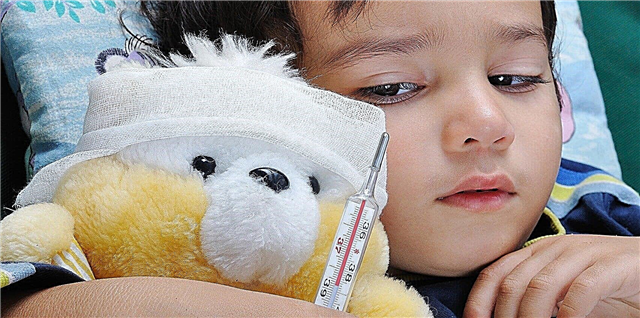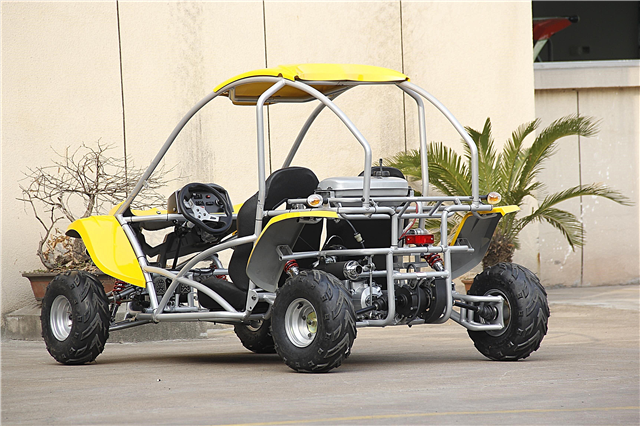
All parents want to provide their newborn baby with the best conditions and comfort. Various things help them in this, one of which is a sleeping bag for newborns.

Pros
- The use of the bag will ensure that the baby stays in a comfortable environment during sleep. The crumb will not open, and the discarded blanket will not cause the baby to freeze.
- Mom can feed the baby right in the sleeping bag. She does not need to remove the baby from the heated bed, which will cause the baby to freeze during the night feeding.
- Inside the sleeping bag, the child is cozy and comfortable, because the child is accustomed to the cramped conditions of being in the mother's womb.
- The fabric, “hugging” from all sides, pleasant to the touch, gives the baby not only warmth and comfort, but also safety. In a baby sleeping bag, the baby will sleep on its back (this position is considered the best for a newborn's sleep), and there will be no dangerous objects near the face. Parents do not have to worry that the baby is entangled in a blanket or thrown over his head.
- When the baby is a little older, sleeping in the sleeping bag will be an obstacle to getting out of the crib.
- It is convenient to take a sleeping bag with you on a long trip. In it, during the trip, the child can sleep in the same conditions to which he is used to at home.

Minuses
- The baby should only be placed in the sleeping bag in a waterproof diaper.
- Changing a diaper sleeping in a baby sleeping bag will not work quickly. While the mother checks the condition of the diaper and changes it, the baby can finally wake up and play out.
- Some babies do not want to sleep in such a bag, especially if the baby slept immediately after birth in other conditions, to which it has already become accustomed.
Tips for choosing
When buying a sleeping bag for a newborn baby, you should take into account some of the features of such products in order to choose the best model for the baby.

The size
The sleeping bag should be suitable for the child's height. Newborns are bought products up to 65 cm in size, babies 4-9 months sleep in a 75 cm long bag, a 90 cm model is used for 9-month-old babies and up to 15 months of age, and older babies buy or sew a sleeping bag of 105 cm or more.
Usually, the length of the bag is chosen so that it exceeds the child's height by 10-15 cm (the height from the feet to the neck is taken into account). So for a successful purchase, you must definitely measure your baby.

Composition
Choose a product for your child made of natural, breathable and hypoallergenic material. As a rule, the lining in baby sleeping bags is 100% cotton. Also, the composition is important for the care of the sleeping bag. Your best bet is to buy a machine-washable bag.

Sleeves
Many sleeping bags for newborns have sleeves, but there are also sleeveless models. If the selected sleeping bag has sleeves, they should be wide so as not to interfere with the baby's arms. On some bags, the sleeves may come unfastened. There are also products with adjustable sleeves.

Neck
It should not squeeze the child's body. Pick up a bag in which the neck fits the baby loosely, and the gap between this part and the baby's neck will be about one and a half centimeters.

Back
The lower part of the sleeping bag should be smooth and without any decoration (decorations, patterns) so that the baby does not experience discomfort during sleep.

Clasps
In most sleeping bags for newborns, the zipper is located in the middle so that it is easy for the baby to change clothes. In models for older children, the fastener is sewn in such a way that it was necessary to unzip the zipper from the bottom up (this will prevent accidental opening at night).
In addition, many baby sleeping bags have rivets on their shoulders. In some models, they can change position, adjusting the sleeping bag to the growth of the baby. As a rule, there are no fasteners on the back.


When should you use it?
The use of a sleeping bag for sleeping with a newborn and older children is influenced by the time of year, as well as the temperature in the room.
If the product is a light cotton sleeping bag, then the baby can sleep in it at room temperature + 22 ° C.
At a lower temperature (from 19 to 22 ° C), the crumb is placed in an insulated bag model.
There are also products used at room temperatures below + 19 ° C.
Refer to the sleeping bag label for the temperature range for the purchased model.

How to sew with your own hands?
To make a homemade sleeping bag for a baby, you need to choose a suitable pattern and buy high-quality fabric (knitwear, cotton or other natural material).
Patterns
The easiest way to build a sleeping bag pattern for a child is to use the clothes that the child is wearing. Paper is applied to the T-shirt or sliders and the contours of the clothes are marked, then a few centimeters are added on each side so that the product does not squeeze the child and there is enough fabric for the seams. The length of the bag is noted depending on the height of the baby, adding 15-20 cm to the distance from the shoulders to the feet.
For the back, one piece is cut out, and the front part of the bag can be cut out in the form of a one-piece piece or from several pieces (make an interesting applique).

Sewing process
The cut layers of fabric are sewn with the right sides to each other. A zipper is sewn into the lower part of the product, and the fasteners on the shoulders can be represented by buttons or Velcro. If the model is warm, insert a synthetic winterizer inside. The front part can be decorated with ribbons, applique and other decorative elements at will.


How to knit?
If the mother does not know how to sew, but has been knitting for a long time, she can make a sleeping bag for the baby with her own hands, knitting it with knitting needles. Such bags are more convenient than padding polyester ones, and follow the contours of the baby's body. In addition, they are completely natural, since wool is usually used for knitting.
To knit a sleeping bag for a baby, purchase about 500 g of wool and, depending on the design of the product, a few buttons or a zipper. Prepare knitting needles 4 and 5, circular 3.5, and auxiliary knitting needle for work. For elastic, knit the front and back loops alternately, for the holes for the buttons in the front row, close two loops, and on the wrong side, cast on the same number of loops.

For the back of the newborn bag cast 49 sts on 5 and knit, adding one stitch in every second row to 59 sts. After 48 cm, start decreasing the loops for the armholes to 53 loops, and after another 16 cm, close 11 loops in the middle, and knit the rest separately. Close the side loops at the same time to create shoulder bevels. All loops should be closed 17 cm from the line of the beginning of the armholes.
For the front, cast on 69 stitches, knit in stitch or using your desired pattern. Add up to 79 stitches in every second row of side stitches. After 12 rows, divide the loops and knit separately, 48 cm from the first row, make an armhole, as on the back of the product. As with the back, bind off the middle 10 sts and also bind off the side stitches in every second row.
Knit the sleeves and hood with elastic. 4. Gather the garment, sew in the zipper and sew the sleeves and hood to the back and front using circular knitting needles, making 1 hole on each side for a button. Close the loops and sew on the buttons - the knitted sleeping bag is ready.





